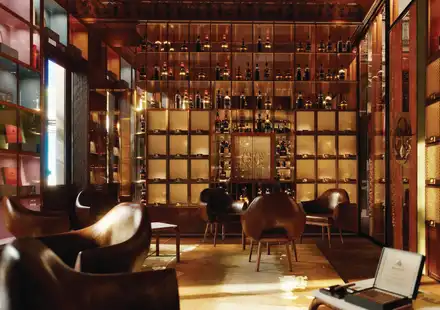Published on January 12, 2021Updated on June 19, 2023
The Monaco property market is thriving. Island of safety and stability in a troubled world, Monaco continues to attract European customers.
Between rising prices per m2 and eco-district projects, the Principality of Monte-Carlo is still one of the world’s five most expensive capitals.
Investing in Monaco, an excellent bet
Despite the Coronavirus crisis, the Principality’s charm is as strong as ever. “In an uncertain international situation, investors are well aware of Monaco’s advantages: political stability, security and a safe health situation. The Principality also offers a congenial fiscal climate,” says Michel Dotta, chairman of the real estate board. Monaco is still one of the world’s five most expensive capitals. “The price per square metre can be the same in Monte-Carlo as on 5th Avenue in New York or Avenue Montaigne in Paris, but the taxes are not!” says Jean-Yves le Graverend, director of John Taylor Monaco, with a smile. Investing in real estate in the Principality is an excellent bet. “Since 1973, property prices have increased incrementally every three or four years, almost doubling every 10 years,” adds Michel Dotta.
Monaco’s property market has quickly absorbed the impacts of oil crises and economic slumps, including the 2008 subprime crisis. “After the shift to the euro, prices in francs quickly multiplied by six,” points out Lucien Mostacci, director of the Miells & Partners agency.
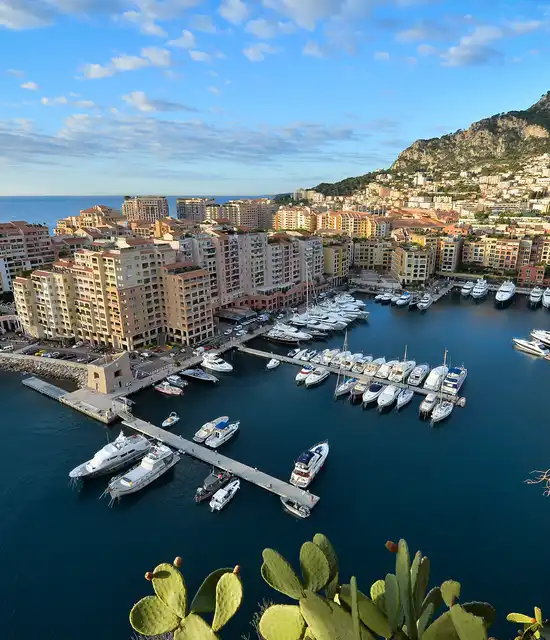
Price per m2 : 71% hike in 10 years
Over the past 10 years, the average price per m2, across all districts, has risen by a dizzying 71%, from €28,000 to 48,000*. And new buildings like the Tour Odéon, Petite Afrique, 26 Carré d’Or, the One Monte-Carlo and L’Exotique are way above that figure. “In 2025 we can probably expect €100,000 per m2 for buildings on the new offshore extension,” says Michel Dotta. “With L’Exotique, everything was sold from plan, in six months, at €30,000 to 45,000 per m2. We’re seeing gains of around 25% on resale just a few months after purchase,” explains Jean-Sébastien Fiorucci, director of the Golden Square agency. That operation, on the western edge of Monaco, illustrates current trends in new buildings in Monaco: spacious homes, a panoramic view looking down on the Rock, a collective swimming pool, spa, gym and, for the penthouse, a 300m2 terrace. “The fashion is for size,” says Michel Dotta. Taking into account the ageing offerings of the older housing stock, each new building in Monaco is awaited with baited breath. Lucien Mostacci remembers with amusement that “Back in 1979, there were people sleeping outside the sales office of the future Monte Carlo Sun in the Carré d’Or. They wanted to be the first to invest there.”
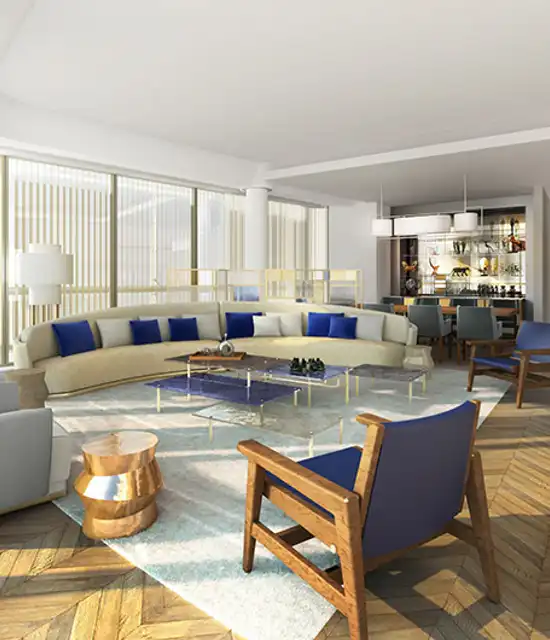
European buyers
Monaco is known as the chosen home of tennis champs like world N° 1 Novak Djokovic and Formula 1 drivers like Lewis Hamilton, Nico Rosberg and Monaco- born Charles Leclerc. Today, says Michel Dotta, the customers buying pieds- à-terre in the Principality are “95% from Napoleonic Europe”: English, French, Italian, German and Russian. Some agencies like Miells & Partners have played their wild card: negotiators whose job is to handle East European business. Agents are seeing another trend too: “There has been a Brexit effect, and a Covid effect, with UK residents coming because they fear an explosion of fiscal and social pressure back home.”
“People who buy property here already have three or four homes, like a villa nearby in Mougins or Saint-Jean-Cap-Ferrat, another in the Caribbean (Moustique or Saint-Bart) and a flat in London, the most cosmopolitan of capitals,” says Michel Dotta. They are high net worth people who make quick decisions: “The biggest deals are the fastest,” reckons Jean-Sébastien Fiorucci, who recently signed a billion-euro property search mandate.
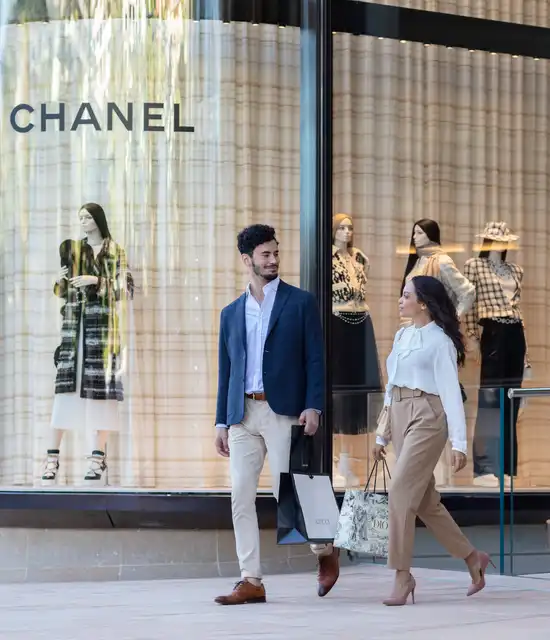
Impact of the crisis
The estate agencies are closed during the lockdown and international customers cannot travel. Even though VAT paid on real estate is up (+ €100 million for Mareterra alone), the Covid crisis has inevitably had an impact on Monaco’s property market in 2020, slowing business down.
The up side is that “if you’re looking for a tenancy, it’s easier to negotiate the rent now,” says Emmanuelle Roussel, director of Revimmo. “In Monaco today, there are five lease agreements to every sale,” says Michel Dotta.
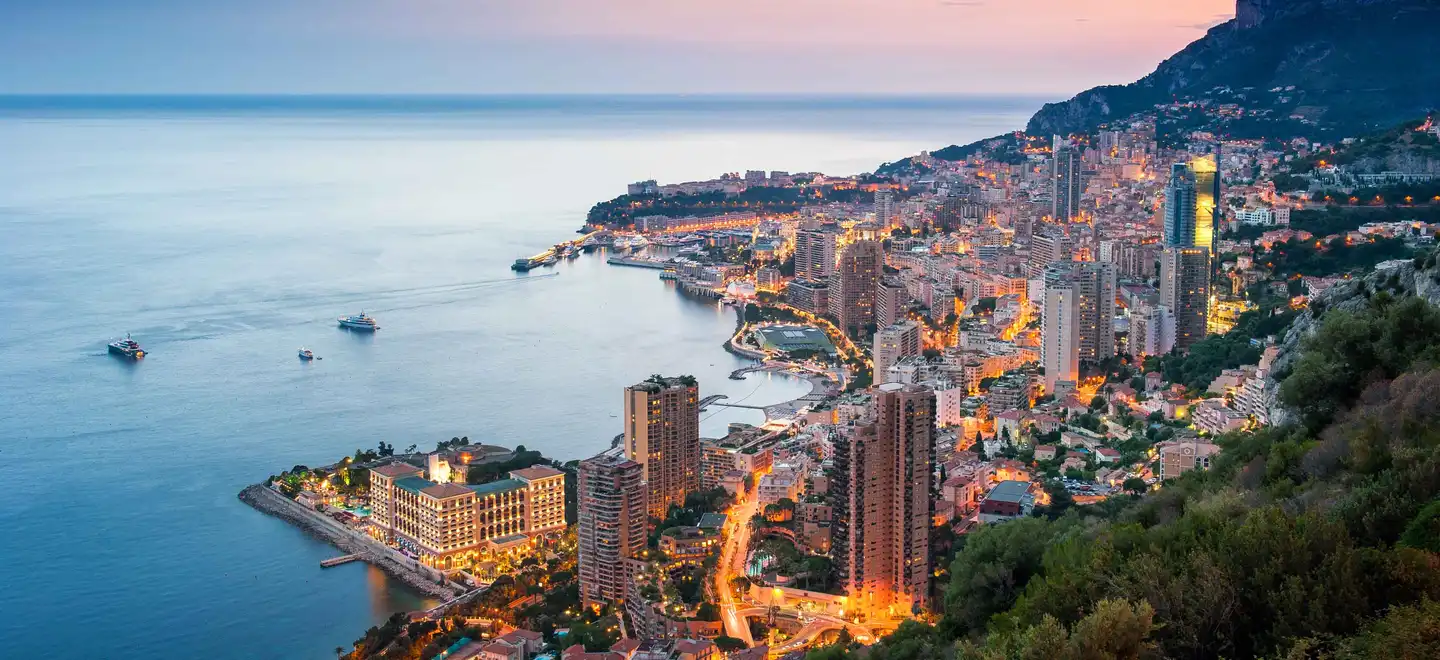
Between sea and land
The properties on the new extension into the Monegasque sea are popular. Even before delivery of the Mareterra district at the end of 2024. No surprise according to Michel Dotta: “Mareterra district will be a truly green coastal district, quiet, with no cars at all. Six flat hectares in an amphitheatre-shape Principality... The Promenade Prince Jacques, running along the coastline from the new port to the Grimaldi Forum, is intended to be a paradise for joggers and walkers. It’s the embodiment of the Monaco way of life, with its small marina surrounded by restaurants and shops...”, enthuses the President of the Chambre Immobilière de Monaco.
Designed by Valode and Pistre, Michel Desvigne and Renzo Piano, among the world’s greatest architects, this future 6-hectare district offers a hundred or so large units — the smallest apartment measures approximately 400m2 — with finishes designed to meet international standards of excellence. The great advantage is that each apartment has a sea view and a guarantee to keep it for many years to come... Among the properties on offer for sale in recent months are a dozen 1,500-2,500m2 villas. “In Monaco, there’s no equivalent. These properties with their feet in the water are attracting new investors. We could see some of the great European industrial families among the future Mareterrians”, believes one agent. Mareterra has appeared on the Monegasque map since October 2020.
You might also like…
Marlow : so chic, so british
Discover the warm and sophisticated new Marlow café-lounge, in the heart of the new Mareterra seafront district.
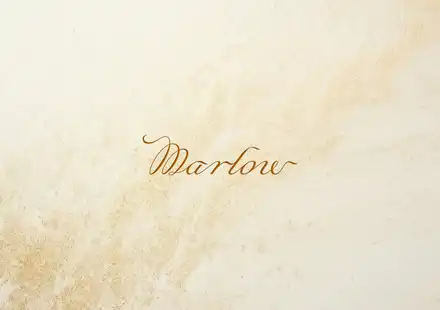
Institut audiovisuel de Monaco
Based on the Boulevard du Jardin Exotique, this repository stores over 100,000 audio documents
and almost 500,000 photos of the Principality and the Riviera. Treasures.

Monte-Carlo Cigar Club
Dominique London, a leading light in the luxury cigar world, is teaming up with Monte-Carlo Société des Bains de Mer
to open the Monte-Carlo Cigar Club in 2025. This exclusive new venue promises to be an icon in the making.
